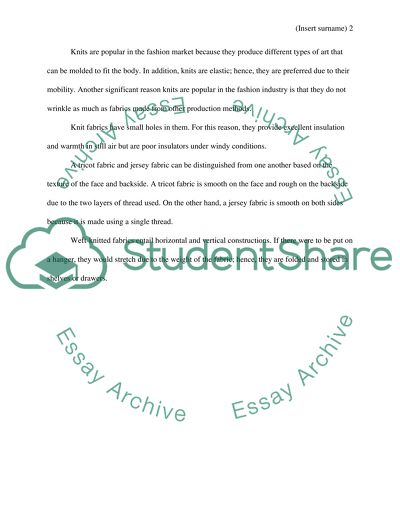Textile Assignment Example | Topics and Well Written Essays - 250 words. Retrieved from https://studentshare.org/design-technology/1681189-textile
Textile Assignment Example | Topics and Well Written Essays - 250 Words. https://studentshare.org/design-technology/1681189-textile.


